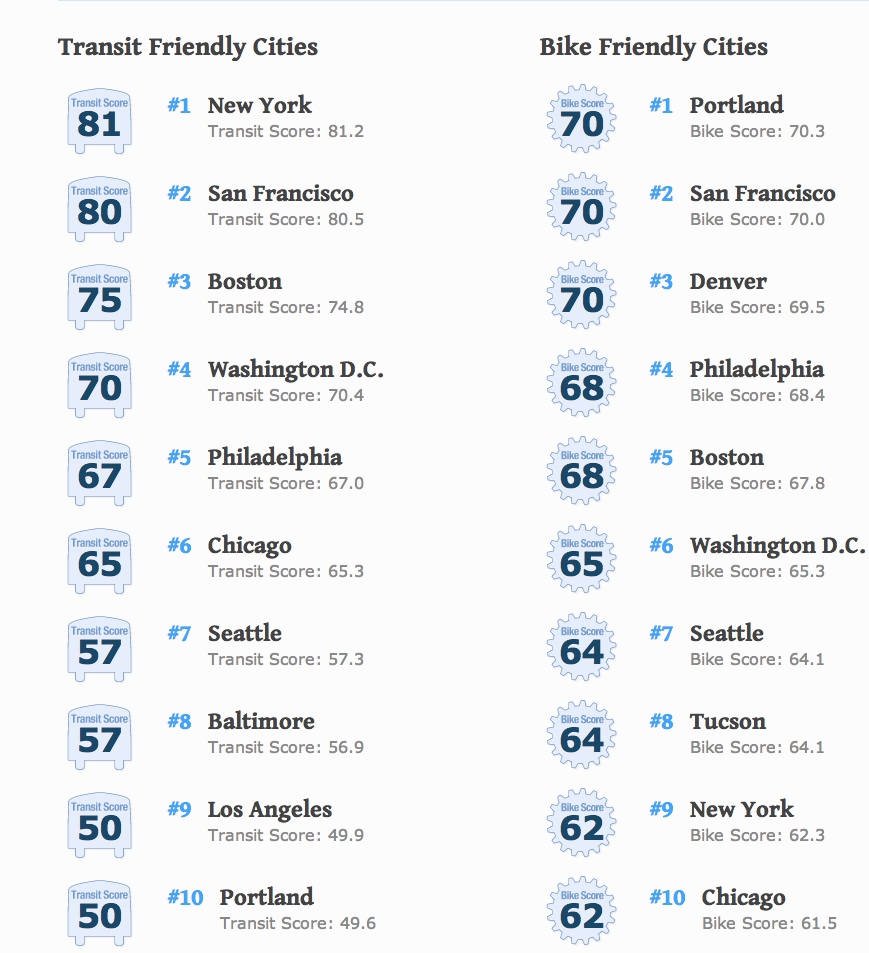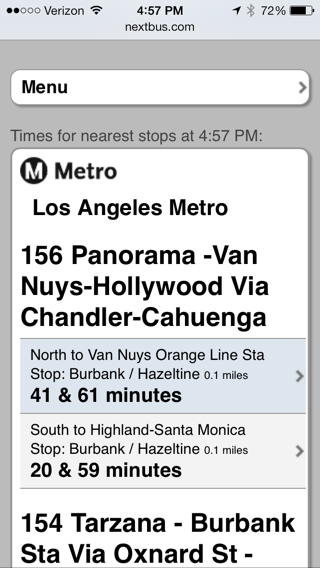http://www.fastcoexist.com/3025623/the-cities-with-the-best-public-transportation-in-the-us?partner=newsletter#6
These are based on the Walk Score scores, which do not take reliability into account. These are based on frequency, type of route, and distance to each transit stop, i.e. how far you have to walk.
The top ten are:
1) New York City
2) San Francisco
3) Boston
4) Washington D.C.
5) Philadelphia
6) Chicago
7) Seattle
8) Baltimore
9) Los Angeles
10) Portland
These are based on the Walk Score scores, which do not take reliability into account. These are based on frequency, type of route, and distance to each transit stop, i.e. how far you have to walk.
The top ten are:
1) New York City
2) San Francisco
3) Boston
4) Washington D.C.
5) Philadelphia
6) Chicago
7) Seattle
8) Baltimore
9) Los Angeles
10) Portland
























































